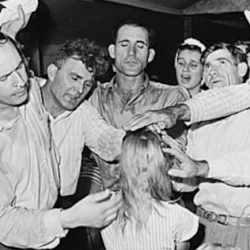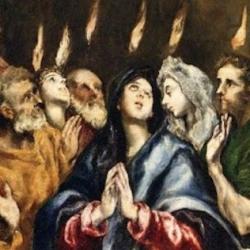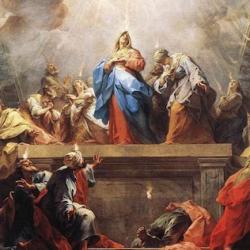David Martin (Future of Christianity, 68-69) notes that in the heat of Pentecostal revival, blacks and whites fuse. He admits that “the fusion of black and white was partly reversed as the movement developed, when it came to the mingling of races. The white heat of revival initially melts down distinctions of colour, gender and class, but then they separate out again, leaving a potentially explosive memory of revolutionary fusion. The fusion eventually occurs again with renewed energy, in new conditions under new auspices.”
What doesn’t change though is the “fusion of black and white revivalist styles.” This “gives Pentecostalism a hybrid character, simultaneously ancient and modern, and enables it to cross any number of cultural species barriers in the two-thirds world hitherto blocking the global advance of Christianity. . . . Pentecostalism has an amazing capacity to become indigenous, and adapt to local cultures.”
Martin cites the Pentecostal emphasis on health and wealth as an example of this fusion of ancient and modern. Often dismissed as an Americanization of global Pentecostalism, he points to the obvious: These are central concerns, everyday concerns, in the two-thirds world. And, besides, they are consistent themes in Scripture, “and Pentecostals feed voraciously on the whole Bible.” It shouldn’t surprise that “given so many of them are ‘the damned of the earth,’ they respond to an Old Testament emphasis on the good things God has in store for the righteous.”
Pentecostalism is built on faith in God and His word, the confidence that God gives what He promises. It rejects traditional divisions of sacred and secular. Of course Pentecostals are going to notice promises of this-world blessing, and are going to hold God to His word.














